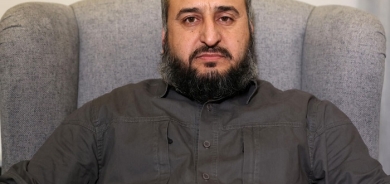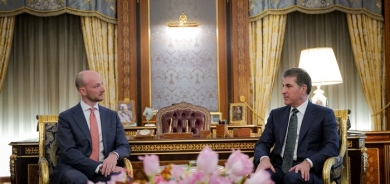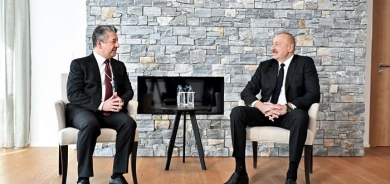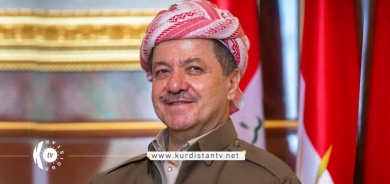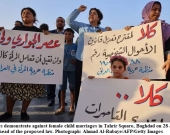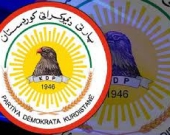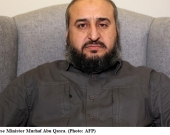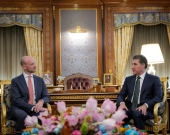At least 9 killed as Iran protests spread over woman’s death

Clashes between Iranian security forces and protesters angry over the death of a 22-year-old woman in police custody have killed at least nine people since the violence erupted over the weekend, according to a tally Thursday by The Associated Press.
Widespread outages of Instagram and WhatsApp, which protesters use to share information about the government’s rolling crackdown on dissent, continued on Thursday. Authorities also appeared to disrupt internet access to the outside world, a tactic that rights activists say the government often employs in times of unrest.
The demonstrations in Iran began as an emotional outpouring over the death of Mahsa Amini, a young woman held by the country’s morality police for allegedly violating its strictly enforced dress code. Her death has sparked sharp condemnation from the United States, the European Union and the United Nations. The police say she died of a heart attack and was not mistreated, but her family has cast doubt on that account.
The protests have grown in the last four days into an open challenge to the government, with women removing their state-mandated headscarves in the streets and Iranians setting trash bins ablaze and calling for the downfall of the Islamic Republic itself.
“Death to the dictator!” has been a common cry in the protests.
Demonstrations have also rocked university campuses in Tehran and far flung western cities such as Kermanshah. Although widespread, the unrest appears distinct from earlier rounds of nationwide protests triggered by pocketbook issues as Iran’s economy staggers under heavy U.S. sanctions. The unrest that erupted in 2019 over the government’s abrupt gasoline price hike mobilized working class masses in small towns. Hundreds were killed as security forces cracked down, according to human rights groups, the deadliest violence since the 1979 Islamic Revolution.
Iran’s state-run media this week reported demonstrations in at least 13 cities, including the capital, Tehran, as protesters vent anger over social repression. Videos online show security forces firing tear gas and water canons to disperse the protests. London-based Amnesty International reported that officers fired birdshot and beat protesters with batons.
At least nine people have died in the confrontations, according to an AP count based on statements from Iran’s state-run and semiofficial media. Officials have blamed unnamed foreign countries, which they claim are trying to foment unrest.
In Amini’s home province in the northwest, Kurdistan, the provincial police chief said four protesters were killed by live fire. In Kermanshah, the prosecutor said two protesters were killed by opposition groups, insisting that the bullets were not fired by Iran’s security forces.
Meanwhile, three men affiliated with the Basij, a volunteer force under the paramilitary Revolutionary Guard, were also killed in clashes in the cities of Shiraz, Tabriz and Mashhad, semiofficial media reported, bringing the death toll on both sides to nine.
As the protests spread, authorities shut down the internet in parts of the country, according to NetBlocks, a London-based group that monitors internet access, describing the restrictions as the most severe since the mass protests of November 2019.
Iran has grappled with waves of protests in recent years, mainly over a long-running economic crisis exacerbated by Western sanctions linked to its nuclear program. Iranians also blame government corruption and mismanagement as prices of basic goods soar, the currency shrivels in value and unemployment remains high.
The Biden administration and European allies have been working to revive the 2015 Iran nuclear accord, in which Iran curbed its nuclear activities in exchange for sanctions relief, but the talks have been deadlocked for months.
AP



